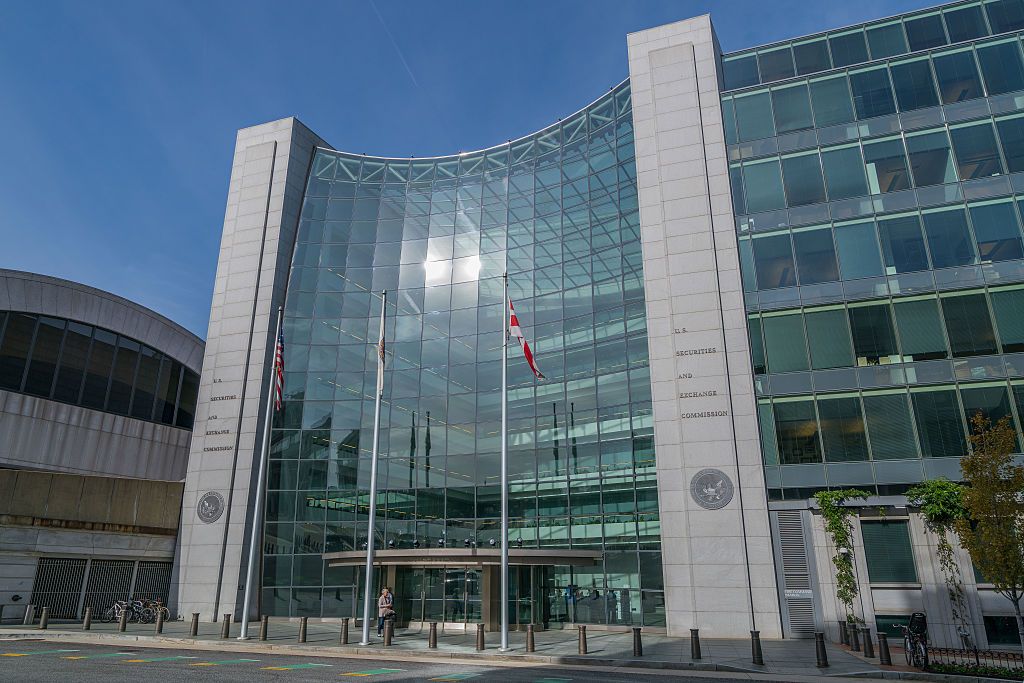The Evolving Landscape of Digital Assets
The digital asset industry has recently witnessed a significant shift in its regulatory environment, particularly with the alteration in leadership at the U.S. Securities and Exchange Commission (SEC). For years, the SEC maintained a stringent and aggressive approach to regulation through enforcement, creating a tumultuous atmosphere for digital asset platforms. This involved a relentless pursuit of compliance amidst an unclear framework regarding what constitutes a security and who is mandated to register to trade them. However, under new management, the SEC has signaled an end to this enforcement-heavy strategy.
The Implications of the SEC’s New Direction
While the recent changes at the SEC have reduced—though not completely eradicated—the likelihood of regulatory lawsuits from the agency, the digital asset industry must remain vigilant. The absence of clear regulatory guidance may open the door for private plaintiffs to step in, potentially leading to an uptick in lawsuits. These private litigants may seek to exploit the regulatory ambiguity by filing suits in U.S. courts, alleging that certain digital assets qualify as securities and holding companies and their executives accountable for alleged non-disclosures or misconduct.
The SEC’s Enforcement Policy Transformation
Under the new SEC leadership, a notable shift in policy has been observed, moving away from an enforcement-driven regulatory framework to a more collaborative and clarity-seeking approach. Here are the key developments that illustrate this transition:
Formation of the Crypto Task Force
One of the first initiatives undertaken by Acting Chair Commissioner Uyeda was the establishment of a “Crypto Task Force.” This move acknowledges the confusion that has long plagued the digital asset space due to the SEC’s previous enforcement tactics. The primary mission of this task force is to clarify the legal landscape surrounding digital assets and establish a comprehensive regulatory framework. To facilitate this, the task force is hosting a series of industry roundtables, with the initial session aimed at defining which digital assets should be classified as securities.
Reduction of Non-Fraud Enforcement Actions
In a significant policy shift, the SEC has begun to dismiss or agree to dismiss nearly all non-fraud cases involving allegations that a defendant failed to register as an exchange or broker-dealer. This represents a marked decrease in the SEC’s enforcement activities against businesses in the digital asset space.
Creation of the Cyber and Emerging Technologies Unit
The SEC has restructured its approach by replacing the Crypto Assets and Cyber Unit with the Cyber and Emerging Technologies Unit (CETU). This new unit is dedicated to safeguarding retail investors from fraudulent activities within the digital asset market. Although the CETU has reduced its staffing from over 50 to 30 specialists, it remains focused on addressing fraud related to blockchain technology and crypto assets.
While these changes signal a decline in aggressive SEC enforcement in the digital asset sector, the agency still emphasizes its commitment to prosecuting bad actors and fraudulent activities. Commissioner Hester Peirce has made it clear that this shift does not equate to a regulatory free-for-all and that existing statutes continue to govern industry conduct.
Navigating the Potential Surge in Private Litigation
As the SEC steps back from its previous enforcement posture, companies and individuals in the digital asset space should brace for an influx of private litigation. Historically, when regulatory oversight wanes, private plaintiffs’ attorneys often step up to fill the gap, pursuing lawsuits for alleged violations of federal antitrust laws or securities misconduct, as seen after the 2008 financial crisis. Such private lawsuits, frequently initiated as class actions, can be a costly distraction for businesses, even if they ultimately prevail.
In the realm of digital assets, private plaintiffs are likely to leverage federal securities laws to pursue a variety of claims, including:
– Selling unregistered securities
– Misleading investors through untrue statements or omissions in prospectuses
– Engaging in securities fraud or other deceptive practices, such as rug pulls and pump-and-dump schemes
– Holding individuals in decision-making roles accountable for alleged violations
Additionally, private litigants may also challenge companies under state securities laws and other legal frameworks.
Uncertain Legal Precedents and Their Consequences
While the SEC’s new interpretation of securities laws aligns more closely with industry perspectives, it does not provide binding legal precedent for courts. For example, private plaintiffs have targeted the TRON Foundation and its founders, alleging that they misled investors regarding the sale of TRX, an asset considered by some to be a security. A recent ruling from the U.S. District Court for the Southern District of New York emphasized that the SEC’s previous framework was merely a non-binding interpretation.
Moreover, the SEC’s recent dismissal of a significant lawsuit involving Coinbase—pending appellate review on the classification of crypto transactions as securities—has left lower courts without clear guidance. Consequently, private litigants are empowered to argue that federal securities laws apply, leading to an anticipated rise in litigation.
A Watchful Eye on Meme Coins
One specific area to monitor is the emergence of meme coins. Despite compelling arguments against classifying these assets as securities, private plaintiffs may assert that individual circumstances render them subject to federal securities regulations.
Looking Ahead: Strategic Considerations for Businesses
The current landscape appears favorable for the digital asset industry, having distanced itself from an agency that previously sought to impose stringent regulations. However, businesses and their founders must remain proactive in reassessing their legal exposure in light of potential private litigation. Engaging with legal teams to develop strategies for mitigating this risk will be essential in navigating this new regulatory terrain.



